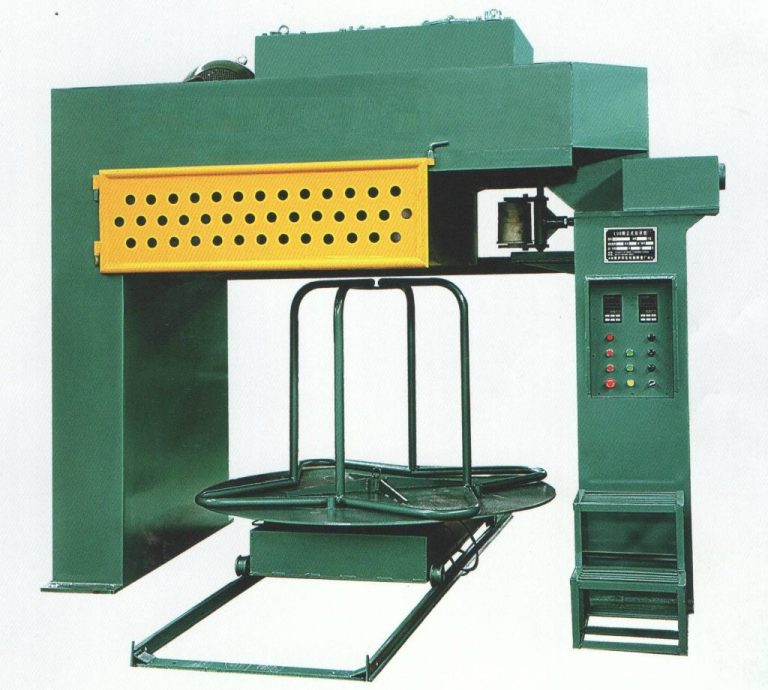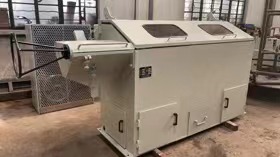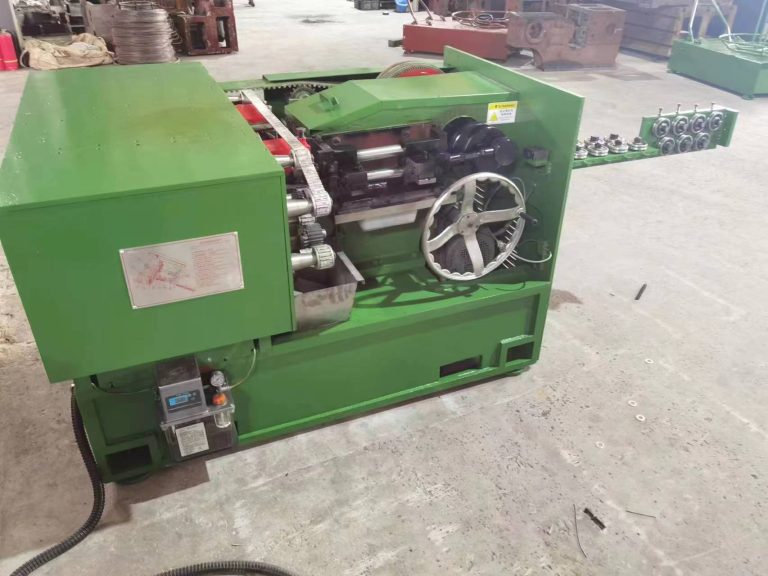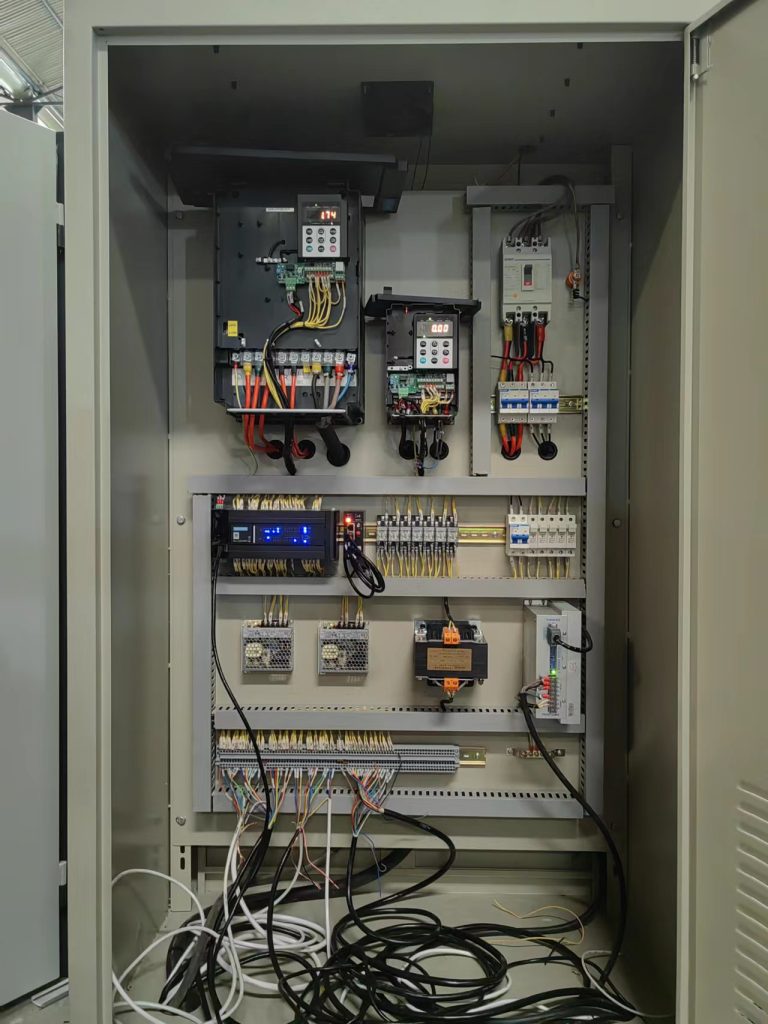Table of Contents
Tips for Maintaining Dead Block Coilers in Wire Drawing Machine
Dead block coilers are an essential component of wire drawing machines, used to wind the drawn wire onto a spool or coil. Proper maintenance of Steel Wire Dead Block Coiler For Continuous Coiling is crucial to ensure the smooth operation of the wire drawing machine and to prevent costly downtime. In this article, we will discuss some tips for maintaining dead block coilers in wire drawing machines.
One of the most important aspects of maintaining dead block coilers is regular inspection. Inspecting the coilers for any signs of wear and tear, such as worn bearings or damaged components, can help prevent breakdowns and extend the lifespan of the equipment. It is recommended to inspect the coilers at least once a month, or more frequently if the machine is operating under heavy loads.
In addition to regular inspections, it is important to keep the dead block coilers clean and free of debris. Dust, dirt, and other contaminants can accumulate on the coilers over time, leading to increased friction and wear on the components. Cleaning the coilers with a soft brush or cloth and a mild detergent can help prevent these issues and keep the equipment running smoothly.
Another important aspect of maintaining dead block coilers is lubrication. Proper lubrication of the bearings and other moving parts is essential to reduce friction and wear, and to ensure the smooth operation of the coilers. It is recommended to use a high-quality lubricant that is compatible with the materials used in the coilers, and to follow the manufacturer’s recommendations for lubrication intervals.
In addition to regular maintenance tasks, it is also important to monitor the performance of the Horizontal Dead Block Wire Coiler during operation. Paying attention to any unusual noises, vibrations, or other signs of trouble can help identify potential issues before they escalate into major problems. If any abnormalities are detected, it is important to address them promptly to prevent damage to the equipment.

Finally, it is important to keep accurate records of maintenance tasks performed on the dead block coilers. Keeping a maintenance log that includes details such as inspection dates, lubrication intervals, and any repairs or replacements made can help track the condition of the equipment and identify any recurring issues. This information can also be valuable for scheduling future maintenance tasks and for troubleshooting any problems that may arise.
In conclusion, proper maintenance of dead block coilers is essential for ensuring the smooth operation of wire drawing machines. By following the tips outlined in this article, operators can help prevent breakdowns, extend the lifespan of the equipment, and minimize downtime. Regular inspections, cleaning, lubrication, monitoring, and record-keeping are all important aspects of maintaining dead block coilers in wire drawing machines. By taking these steps, operators can keep their equipment in top condition and maximize its performance and longevity.
Advantages of Using Dead Block Coilers in Wire Drawing Machine
Wire drawing is a process used in the manufacturing industry to reduce the diameter of a wire by pulling it through a series of dies. This process is essential for producing wires of various sizes and shapes that are used in a wide range of applications, from electrical wiring to fencing. One crucial component of a wire drawing machine is the coiler, which is responsible for winding the drawn wire onto a spool or reel. Dead block coilers are a popular choice for wire drawing machines due to their numerous advantages.
One of the primary advantages of using Wire Dead Block Coiler Machine is their ability to provide consistent tension control during the wire drawing process. This is crucial for ensuring that the wire is drawn evenly and does not break or become damaged. Dead block coilers use a fixed block to control the tension of the wire, which helps to maintain a steady pulling force throughout the drawing process. This results in a higher quality finished product with fewer defects.
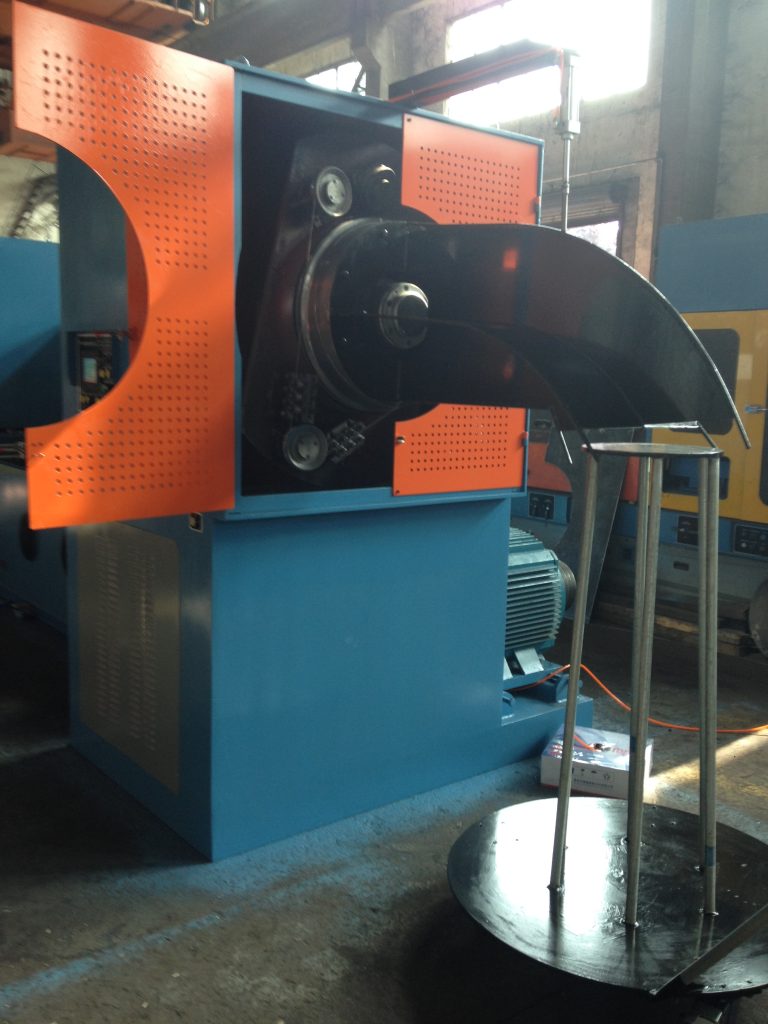
Another advantage of dead block coilers is their ability to handle a wide range of wire sizes and materials. Dead block coilers can be easily adjusted to accommodate different wire diameters and materials, making them versatile and suitable for a variety of applications. This flexibility is essential for manufacturers who need to produce wires of different sizes and materials to meet the demands of their customers.
Dead block coilers are also known for their durability and reliability. These coilers are designed to withstand the high forces and temperatures generated during the wire drawing process, ensuring that they can operate continuously without experiencing breakdowns or malfunctions. This reliability is essential for maintaining high productivity levels and meeting production deadlines.
In addition to their technical advantages, dead block coilers are also easy to maintain and operate. These coilers require minimal maintenance and can be easily adjusted and calibrated by operators with minimal training. This ease of use helps to reduce downtime and increase overall efficiency in the wire drawing process.
Furthermore, dead block coilers are cost-effective compared to other types of coilers. These coilers have a simple design that requires fewer components and less maintenance, resulting in lower operating costs for manufacturers. Additionally, the consistent tension control provided by dead block coilers helps to reduce waste and improve the overall efficiency of the wire drawing process, further contributing to cost savings.
Overall, dead block coilers offer numerous advantages for manufacturers using wire drawing machines. From their consistent tension control and versatility to their durability and cost-effectiveness, dead block coilers are an excellent choice for producing high-quality wires efficiently. By investing in dead block coilers, manufacturers can improve the quality of their products, increase productivity, and reduce operating costs, making them an essential component of any wire drawing machine.

